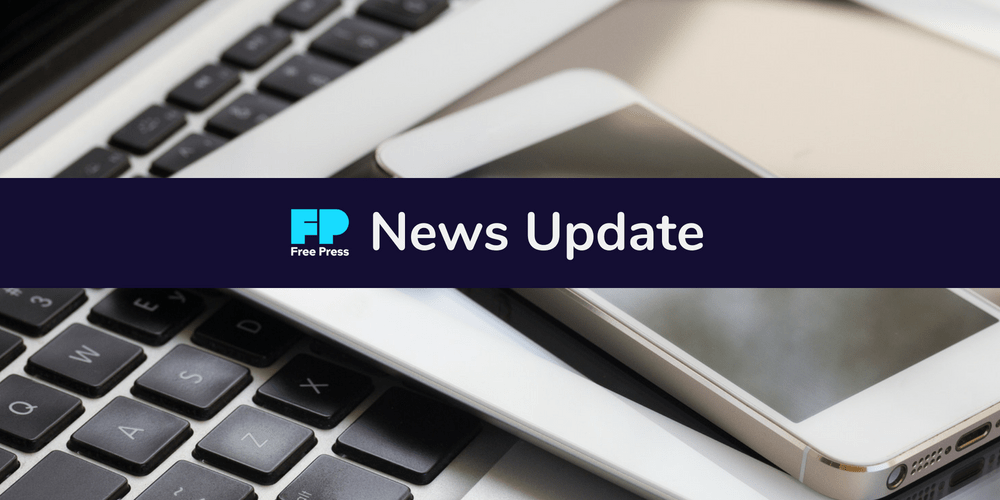Free Press Action Testifies Before Congress, Urging Lawmakers to Examine How Broadband Affordability and Racial Discrimination Shape the Digital Divide

WASHINGTON — What follows is the spoken testimony of Free Press Action Policy Manager Dana Floberg, which will be delivered today before the House of Representatives Subcommittee on Communications and Technology.
The hearing “Legislating to Connect America: Improving the Nation’s Broadband Maps” will explore ways to improve the accuracy and usefulness of broadband data that the Federal Communications Commission collects to assess the nation’s internet-connectivity needs and implement policies to help bridge the digital divide.
Floberg will testify that bridging the digital divide will require far more than improving the detail of our nation’s broadband-deployment maps. The FCC must also take a serious look at how broadband affordability and racial discrimination make it harder for people to get online. Furthermore, Congress must ensure that the public is able to access the information that the agency collects.
Floberg’s full written testimony is available here (PDF).
Regarding “Legislating to Connect America: Improving the Nation’s Broadband Maps”
Chairmen Doyle and Pallone, Ranking Members Latta and Walden, and Subcommittee members: Thank you for inviting me to testify. I’m here today representing Free Press Action, a nonpartisan nonprofit with 1.4 million members.
Every community deserves the benefits of a robust, affordable broadband connection. And better broadband maps are part of getting there. Yet they aren’t all we need to close the digital divide. We support H.R. 4229, the Broadband DATA Act and H.R. 4227, the MAPS Act, which improve the FCC’s National Broadband Map and the underlying Form 477 data by making it more granular.
There are indeed opportunities to improve that data – though the existing errors on wired broadband may be significantly smaller than some stakeholders fear. In Virginia and Missouri, CostQuest’s pilot found that a few hundred thousand additional households might be unserved at what the FCC defines as broadband speed. If we extrapolate that nationwide, that could mean potentially 8 to 19 million additional unserved people.
That is certainly an issue worth fixing, but the number is far lower than some have speculated. Still, there are some key areas where wired deployment data could be improved.
On the other hand, mobile maps seem to deserve all the criticism they get. Accurately assessing how a signal will propagate presents unique challenges that can lead to wildly overstated wireless maps. We are optimistic about this legislation’s proposals to improve the granularity and accuracy of both mobile and wired deployment data.
As we improve our broadband maps, however, we must not sacrifice data transparency. Both Congress and the Commission have long recognized the value of ensuring public availability of not just our broadband maps, but also the underlying data.
Free Press (and others) have made extensive use of this data, recently shining a light on massive over-reporting by a single small ISP. This illustrates the value of keeping deployment data publicly available. And for a new challenge process to have any true corrective power, outside parties must have access to data.
The Broadband DATA Act goes a long way towards this goal, though we would welcome amendments to clarify that deployment data should not be considered confidential. But improving the accuracy of broadband deployment data should not be the sole preoccupation of this subcommittee.At their best, maps are useful because they help us get where we’re going. The National Broadband Map is meant to chart a course for policymakers to close the digital divide.
Federal policy here has centered around people who can’t subscribe to broadband because it’s not available where they live. But the divide actually extends far beyond these completely unserved communities.
Millions more people live in an area where broadband at the FCC’s speed threshold is already deployed, yet they can’t afford to subscribe. In fact, only 42 percent of households making less than $20,000 annually subscribe to wired home internet, compared to 83 percent of households with incomes above $100,000. So even if these bills resulted in completely error-free maps, and even if those maps enabled complete national broadband deployment, the digital divide would persist.
When it comes to broadband dreams, “If you build it, they will come” just isn’t true. It’s more like, “If you build it, they will come…but only if they can afford to pay the price.”
When families are forced to forgo necessities like diapers and food so they can afford to keep paying their internet bill. When students are forced to research and write essays on mobile phones because their parents can’t afford a fixed connection. When the unemployed are forced to hunt for jobs without the aid of broadband because the price is just too high, We have an affordability problem.
Discrimination also plays a role. At every income level, people of color are less likely to adopt broadband than their white counterparts.
Taken together, there is strong evidence that lack of affordability, lack of competition, and racial discrimination are keeping people offline.
Better maps will help target public investments to improve broadband deployment, and that’s good, but your unserved constituents can’t use on-ramps to a digital superhighway they can’t afford to ride. That is why, while we support the bills in today’s hearing, we urge the subcommittee to see them as a stepping stone.
Improving the national broadband map is valuable so long as policymakers stay true to the principle of ensuring publicly available deployment data, and remember that the digital divide is much broader than maps or deployment alone.